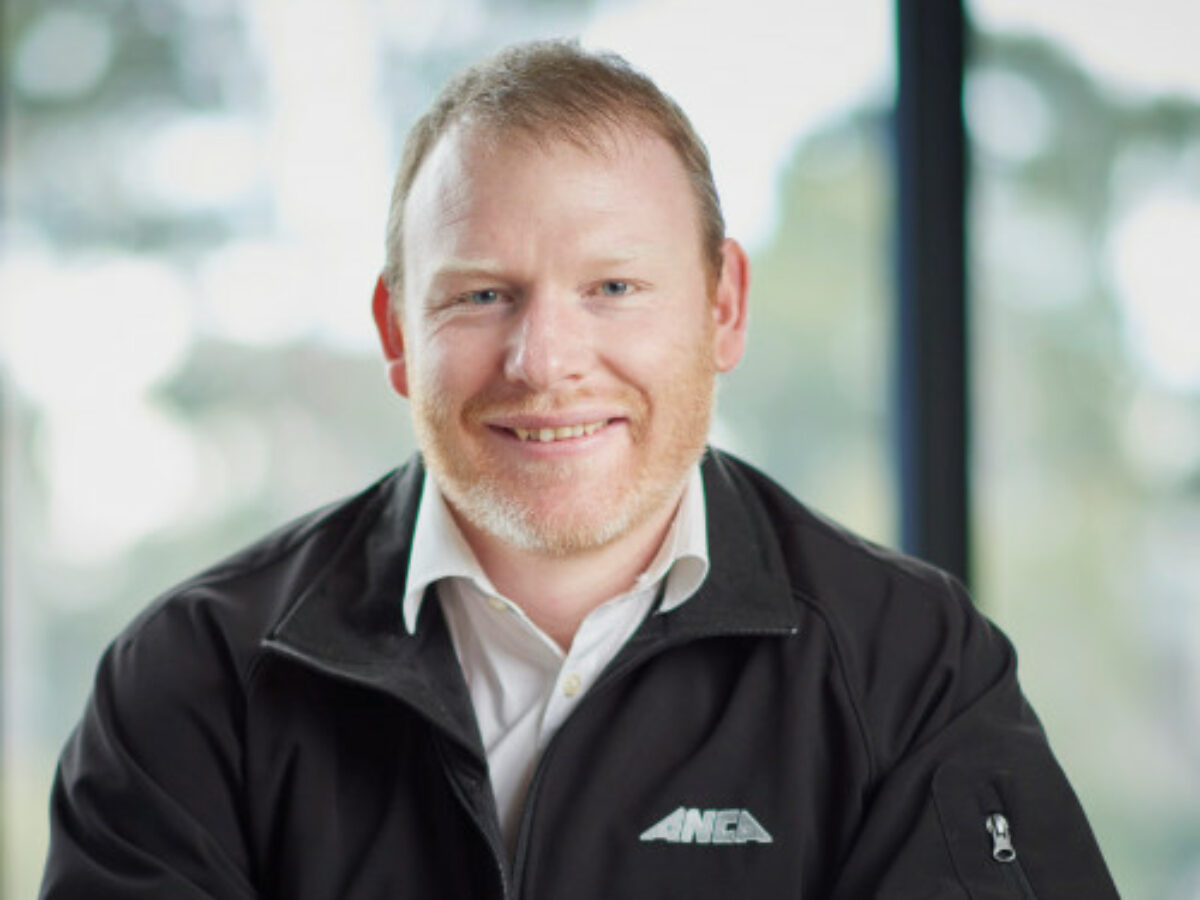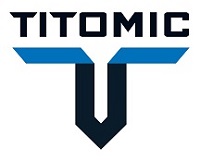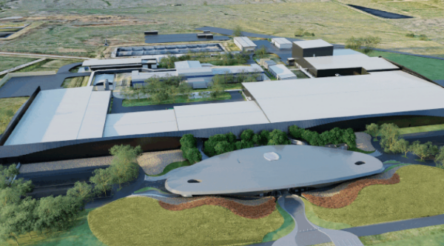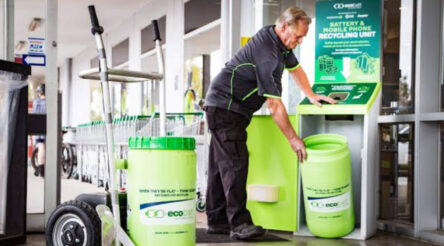Technologies and tools for a manufacturing transformation: Widening your company’s horizons through diversification by Edmund Boland

The pandemic has shown us the value of being able to manufacture locally. In this installment of our “technologies and tools…” series, Edmund Boland discusses the need to build on Australia’s pockets of excellence.
Not putting all your eggs in one basket has always been a critical business tactic and COVID-19 has highlighted this further.
Diversification is a commonly touted risk mitigation strategy. It’s been evident during market downturns, as seen with capital goods, that diversity of markets and product offerings mitigates overall business impact, importantly allowing business to support strategic internal resources that have been built up over decades.
ANCA has always been opportunistic and bold in going after diversifications where our capabilities match gaps in the market. From our original move from CNC control systems to machine tools, diversifying and expanding what we do has by and large worked. The challenge of diversification is keeping your focus when juggling multiple projects and business priorities.
For years we have contemplated utilising our advanced manufacturing and assembly capabilities for work other than making our CNC grinding machines. This goal has until now taken a backseat to our usual operations – it has taken the dramatic circumstances of the global pandemic to realise we should be leveraging all our strengths as a business and stretch ourselves.
Over nearly 50 years in the manufacturing industry, we have built a combination of capabilities that is unfortunately scarce in Australia, including machining and precision grinding, highly-skilled fitters and turners, a robust multi-disciplined engineering team and strong project management skills. We have also developed a global supply chain, from suppliers to customers, and the ability to compete within the world market — again, not common in Australia.
COVID-19-related disruptions to key off-shore supply chains highlighted the need for local manufacturing. If businesses were relying on parts sourced from overseas, the stark reality was that they may not get them – and in this industry, with such high overhead costs, it doesn’t take long for this to take a serious toll on a business.
After securing a place in the Grey Innovation-led NOTUS project, manufacturing parts and sub-assemblies for invasive ventilators, we took the decision to commercialise our internal manufacturing and engineering capabilities, and have named this ANCA Engineering Solutions. Our advantage is that we can leverage everything listed above to supply parts to other Australian manufacturing and engineering firms. Our goal is to provide innovative solutions to a local market for manufacturing and assembly, providing access to advanced manufacturing and assembly in Australia as well as balancing this with offshore capabilities as needed to ensure global standards in quality and competitiveness.
A swift pivot to ventilator production is an example of the effectiveness of this new service provision. The project shows the critical need to have manufacturing onshore. There is a market in Australia for part production and assembly in a number of industries, including the medical industry, as evidenced by the ventilator project, as well as in defence, aerospace, agriculture, food processing, telecommunications, general engineering and elsewhere
There are also great ideas coming out of Australian research, via the CSIRO, universities and research institutes, that need the supporting capabilities, especially from a manufacturing perspective, to be brought to the market.
Succeeding in Australian manufacturing through innovation
Sparked by comments from Industry Minister Karen Andrews that although COVID-19 highlighted a number of serious sovereign capability gaps, total domestic self-sufficiency shouldn’t be our goal, the state of Australian manufacturing has been hotly debated. As part of a privately-owned Australian manufacturing company, I am passionate about manufacturing here, but as a country we can’t be expert in everything. It is about playing to our strengths. Total self-sufficiency, long-term, would come crashing down and be a disservice to Australian manufacturing.
Identifying what we can compete on in a global market, such as technology and automation, is a valuable approach. I can see the potential in Australian manufacturing and there are pockets of excellence. At ANCA, we continue to be inspired by those already doing a great job, such as Sutton Tools, TNA, Lovitt Engineering, Marand Engineering and others. Most successful Australian manufacturers compete globally.
It can be frustrating to consider the advantages we have in education and innovation, but the lack of manufacturing capability to back this up. We need to reverse this trend for continued growth. We can’t just rely on digging holes in the ground and billable hours in service industries. Adding value onshore is strategically important – turning our pockets of excellence into the rule.
Another often cited issue for Australian manufacturing is cost. Though this is definitely a challenge, it can be mitigated by using capabilities that Australia already has. Using innovation and skilled engineering, there are many initiatives Australian companies can implement. This includes adopting renewable energy to prevent cost hikes, investing where possible in automation, and continued investment in lean manufacturing to ensure production processes are as efficient as possible. At ANCA, we have adopted all of these strategies, including moving to renewable energy, investing in automation such as LPP Machining centres, and dedicated continuous improvement teams focused on efficiency improvements.
A robust supply chain is critical. Reliance on global suppliers can be challenging, and something that can be assisted by reshoring production and engineering. Australia should develop its own advanced manufacturing capabilities to have the ability to react to global challenges, such as global pandemics, geopolitical turmoil, climate change and economic instability.
A skilled workforce has been and continues to be a gap for the industry. ANCA’s solution has been to create a competitive advantage via an in-house apprenticeship program. The program rotates apprentices through a range of assembly and machining roles.
A global network, constant innovation and diversification help manufacturing rise above inherent challenges and widen horizons.
Edmund Boland is Global Supply Chain Manager, ANCA CNC Machines and ANCA Engineering Solutions.
 @AuManufacturing’s Technologies and tools for a manufacturing transformation series is brought to you with
@AuManufacturing’s Technologies and tools for a manufacturing transformation series is brought to you with

the support of Titomic and the Advanced Manufacturing Growth Centre.
Subscribe to our free @AuManufacturing newsletter here.
Topics Manufacturing News Technology
@aumanufacturing Sections
Analysis and Commentary Awards Defence Manufacturing News Podcast Technology Videos










